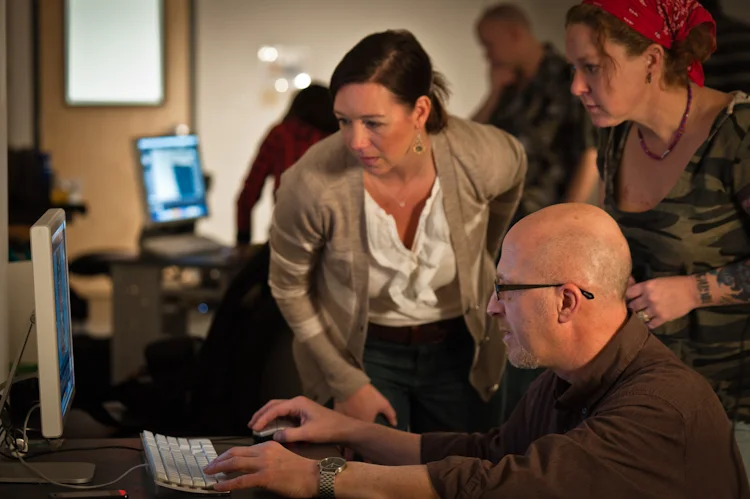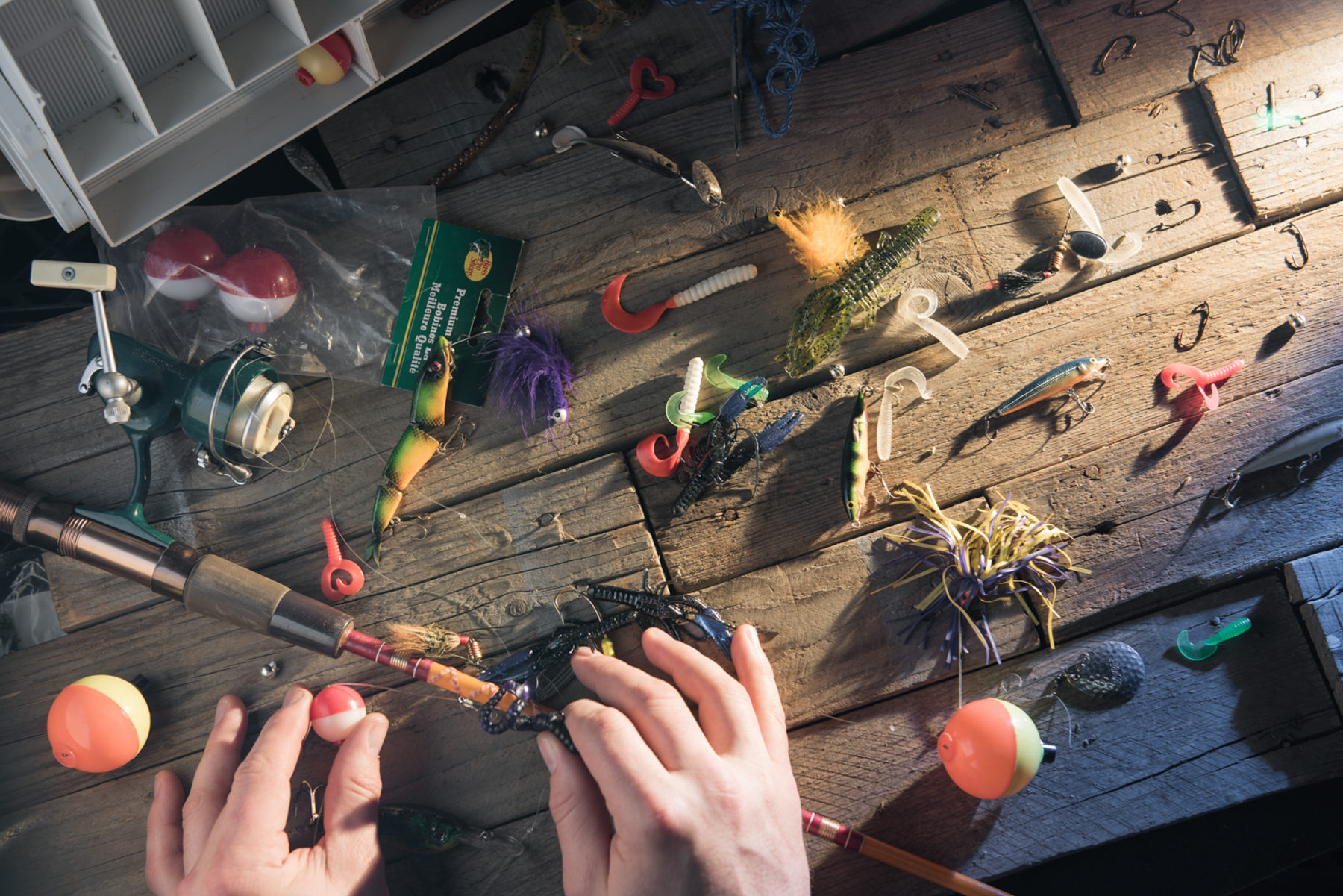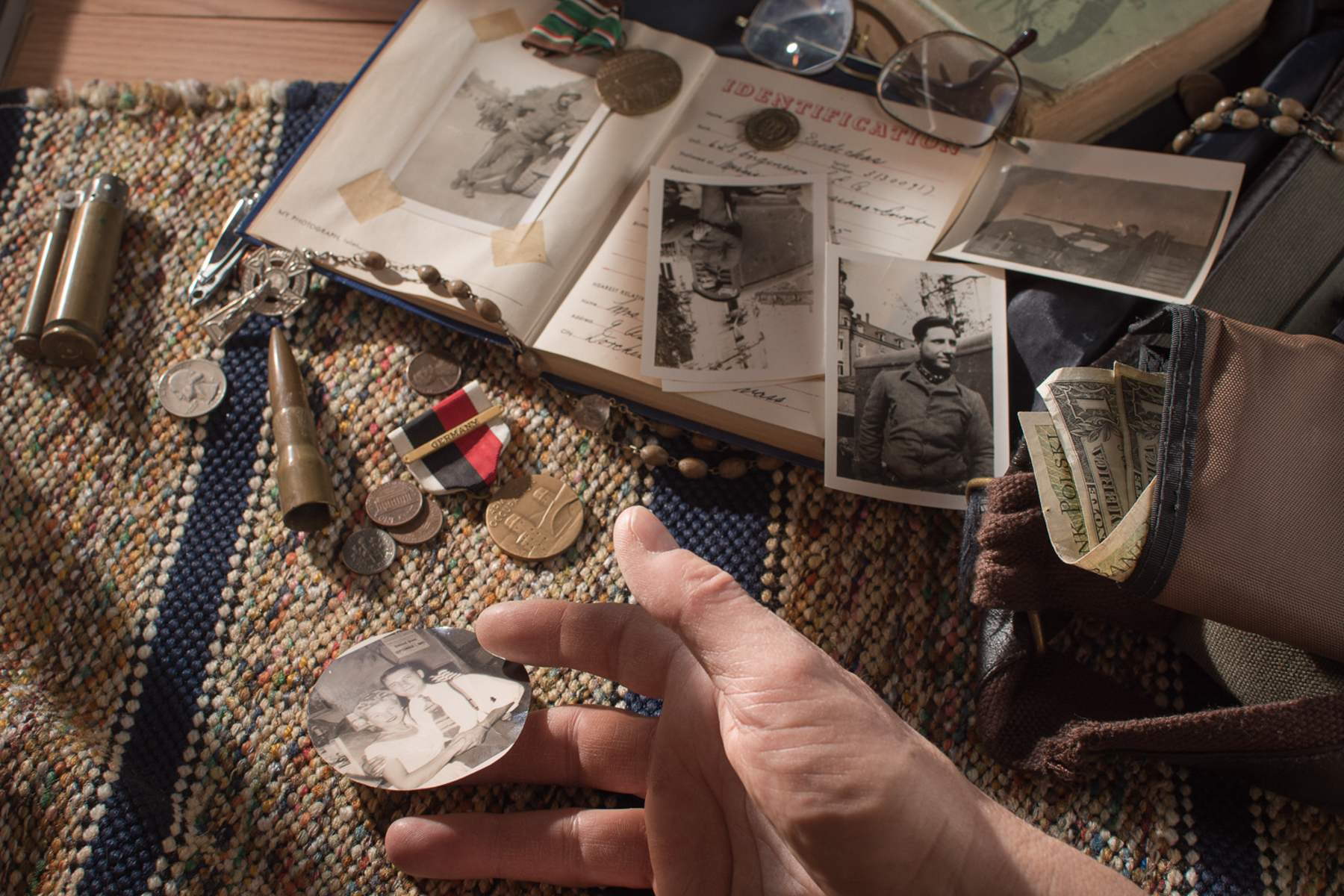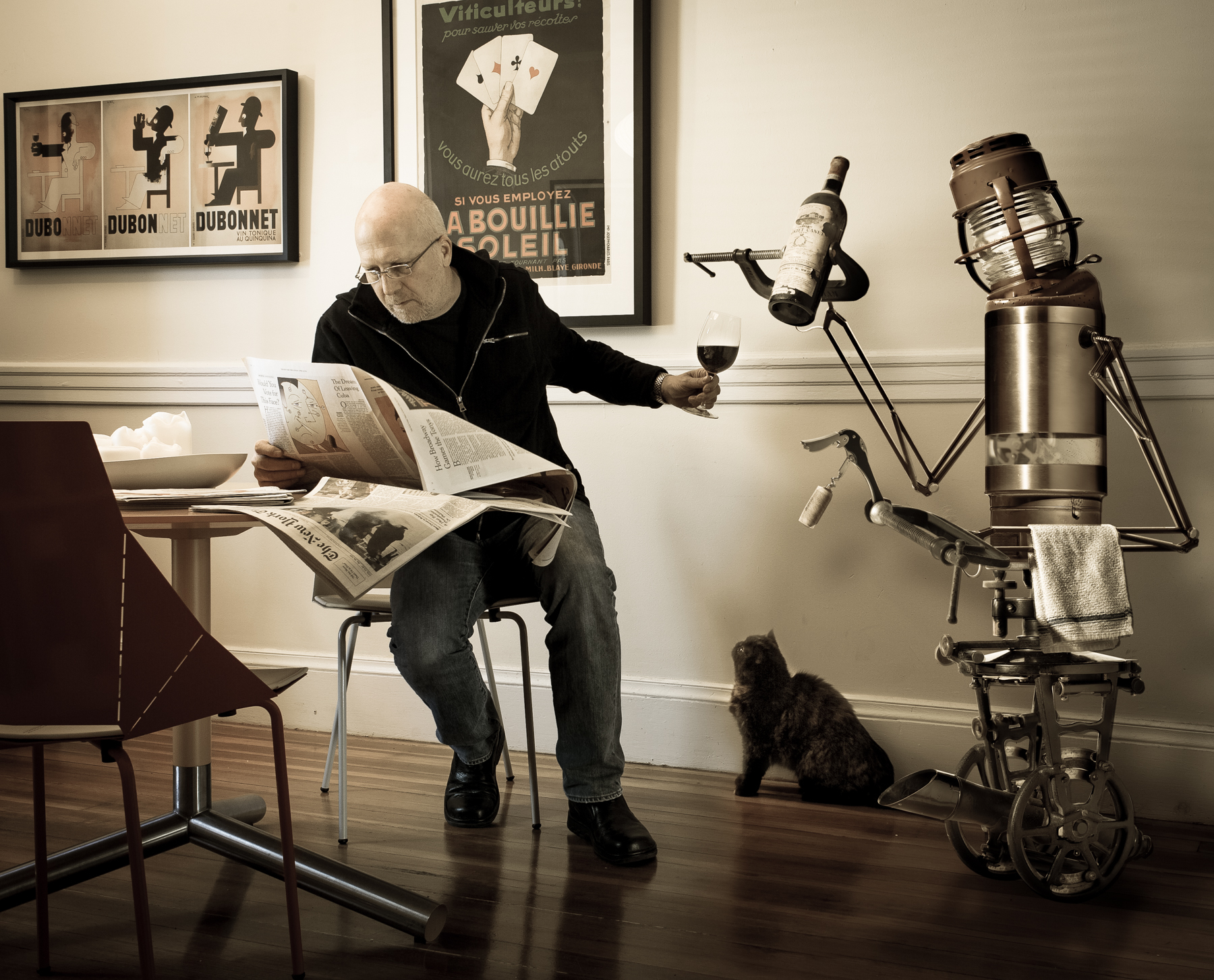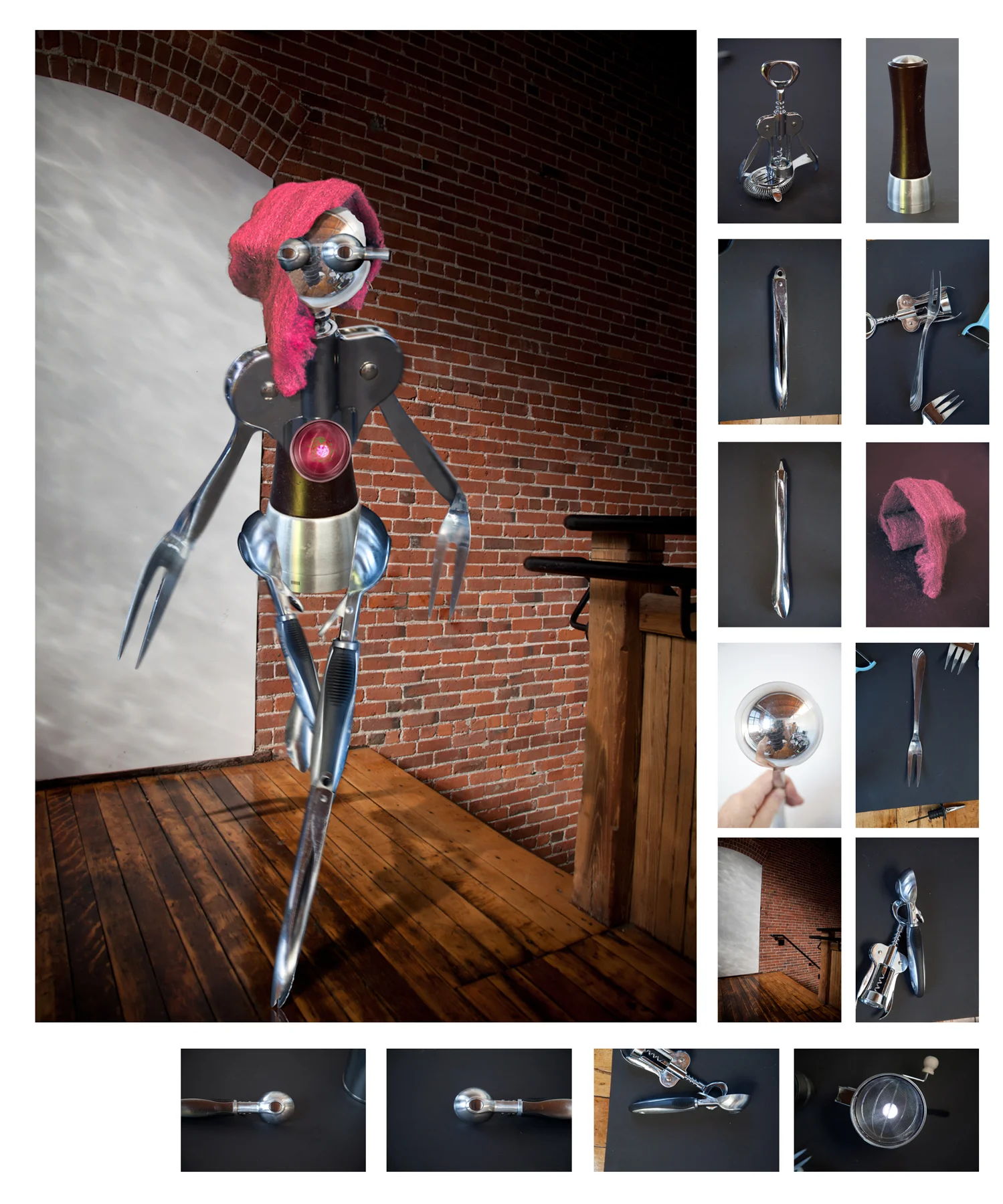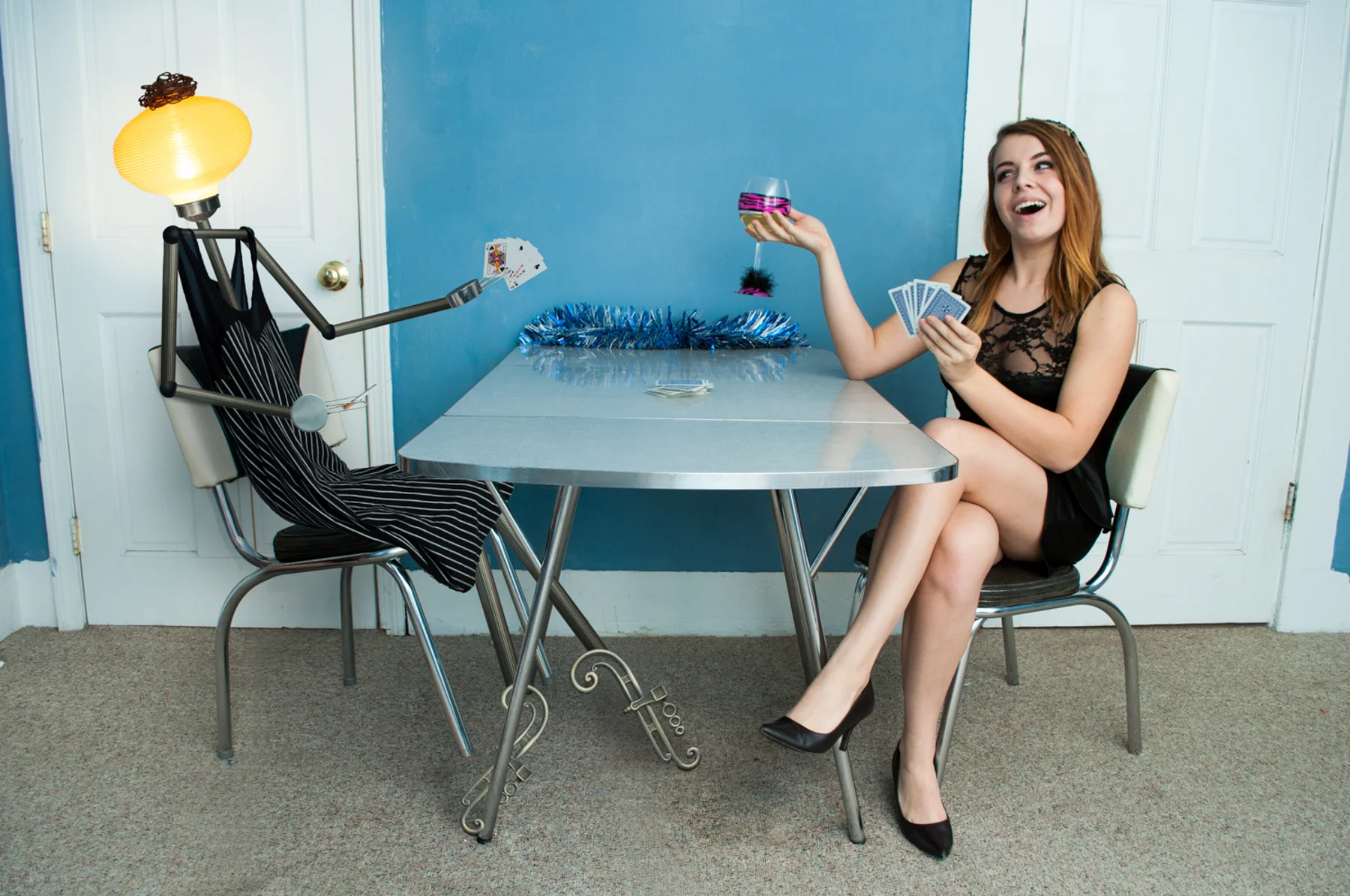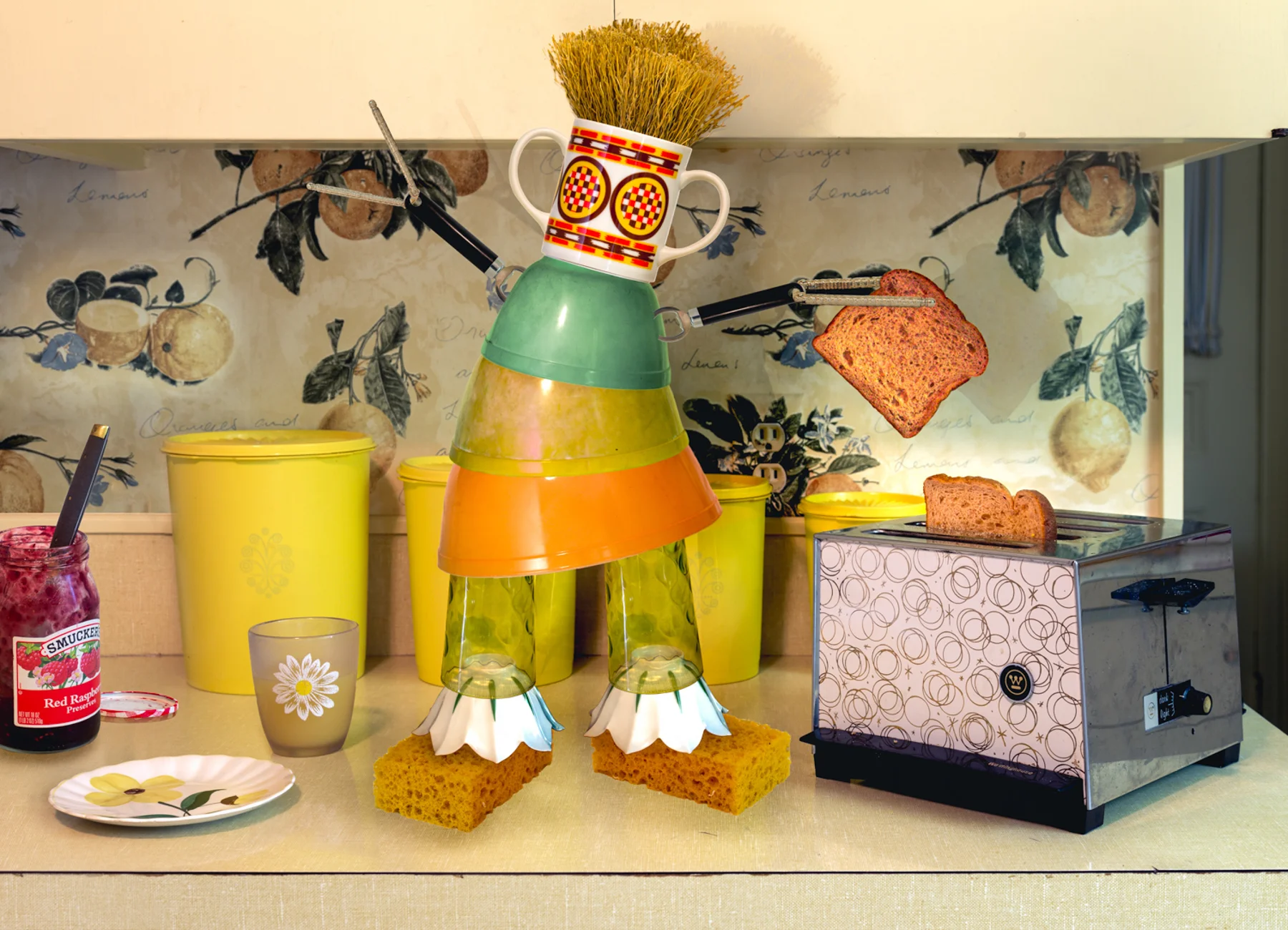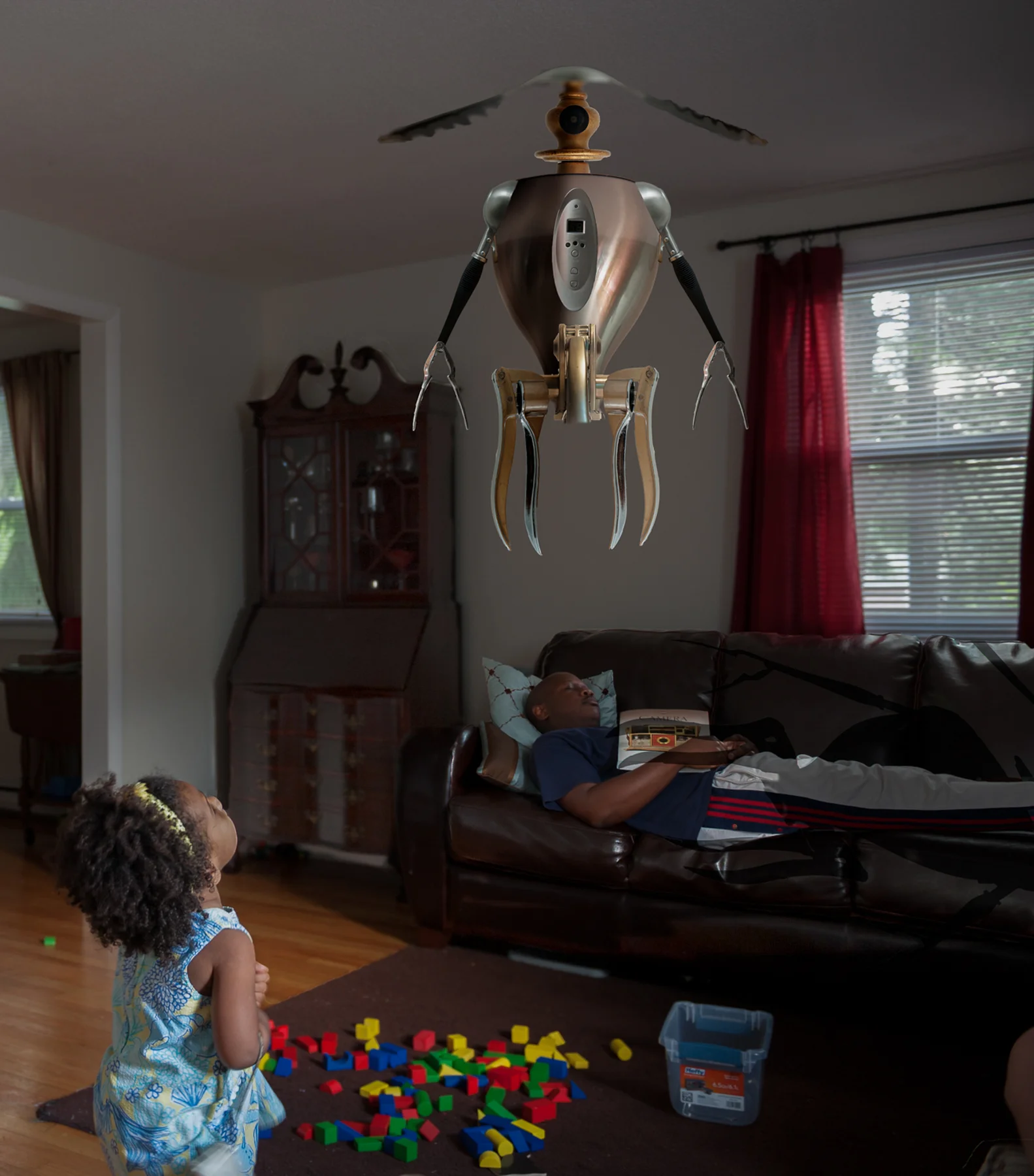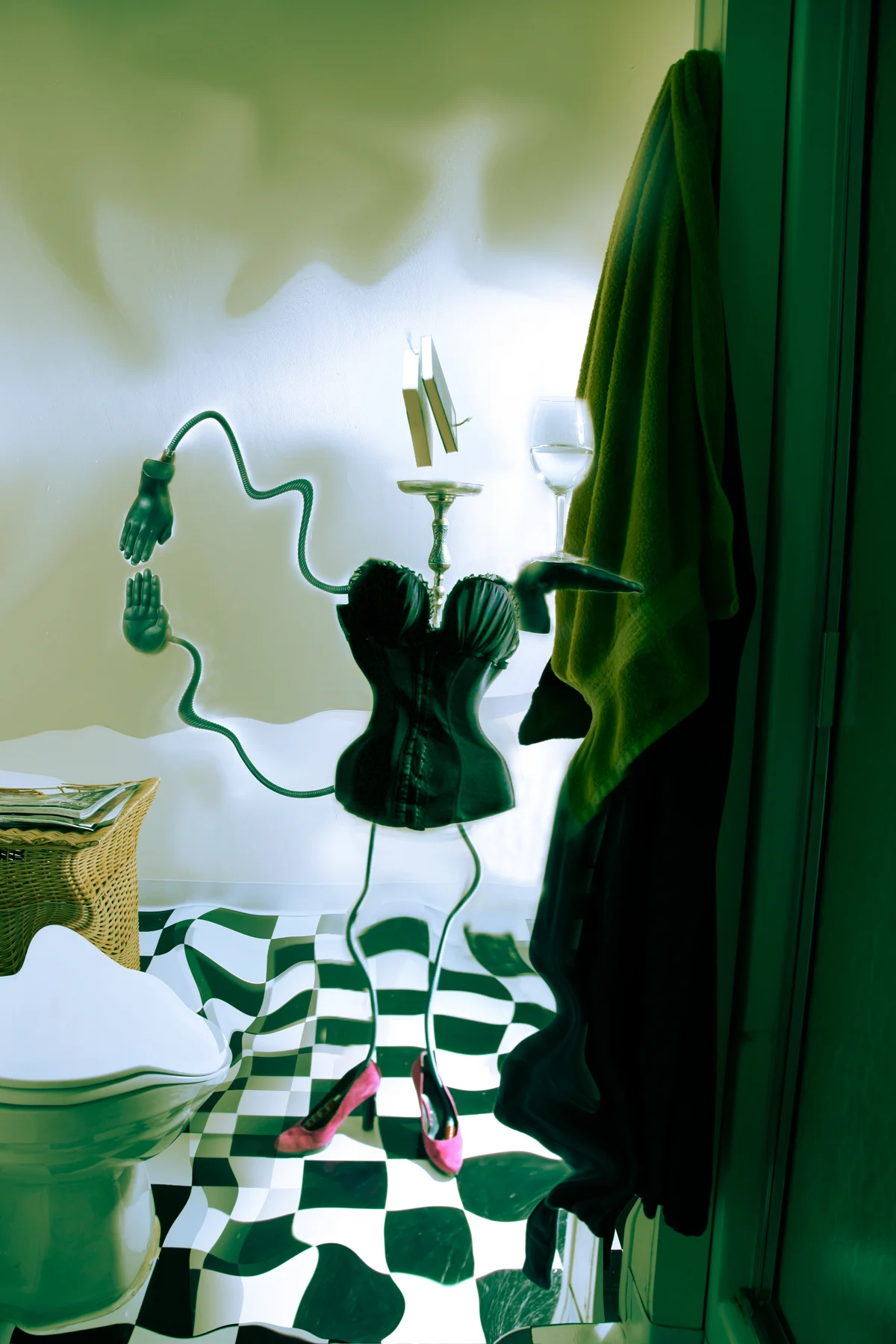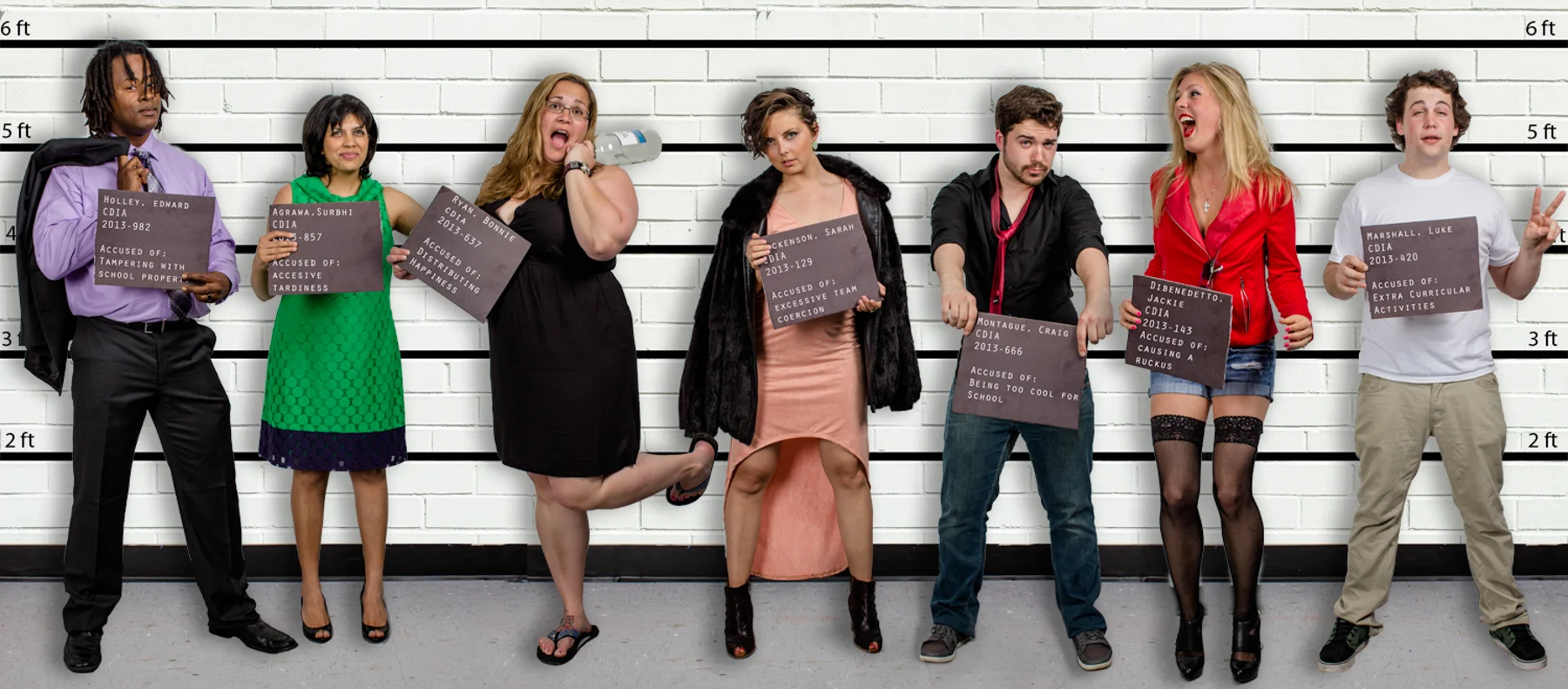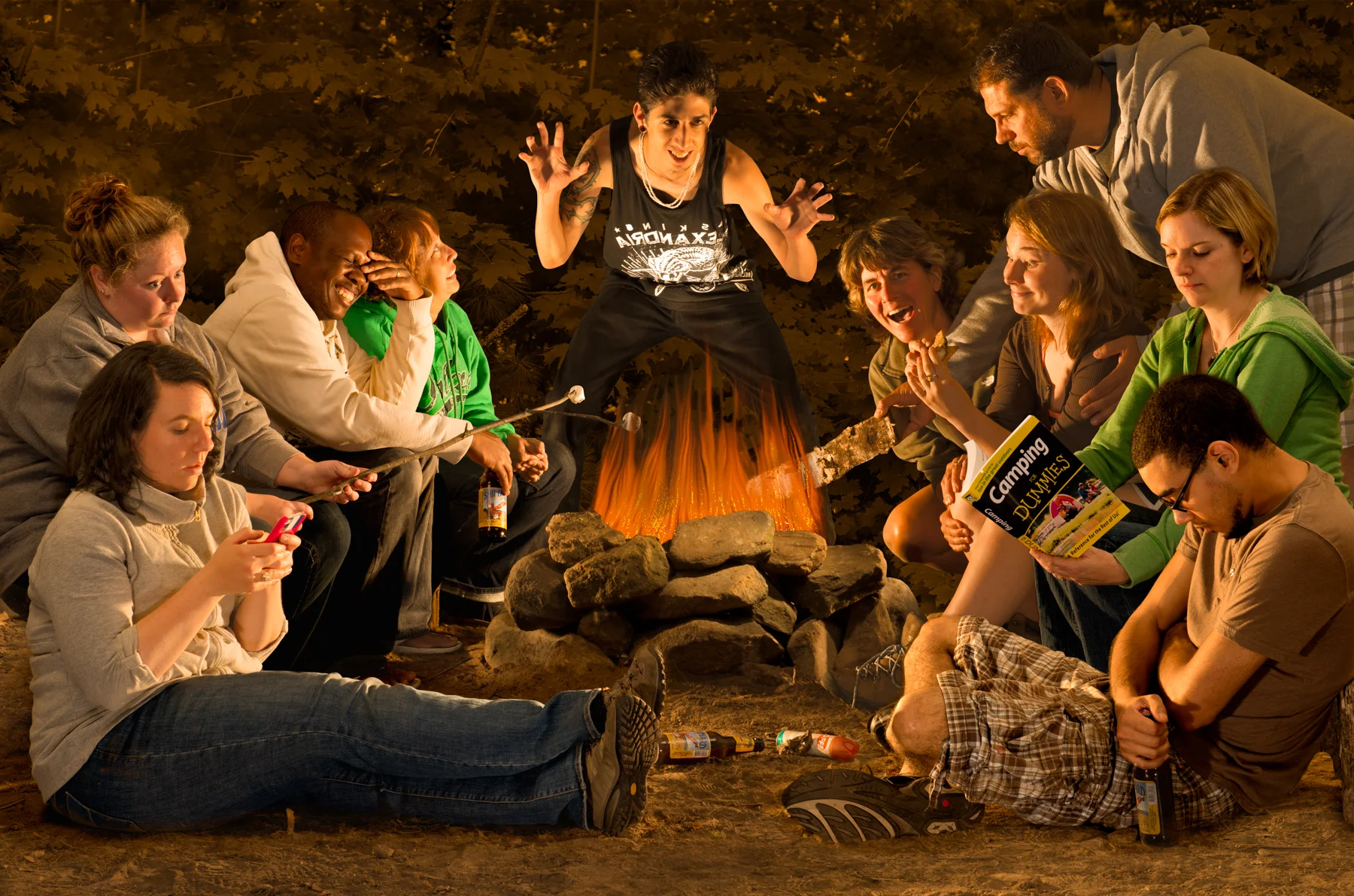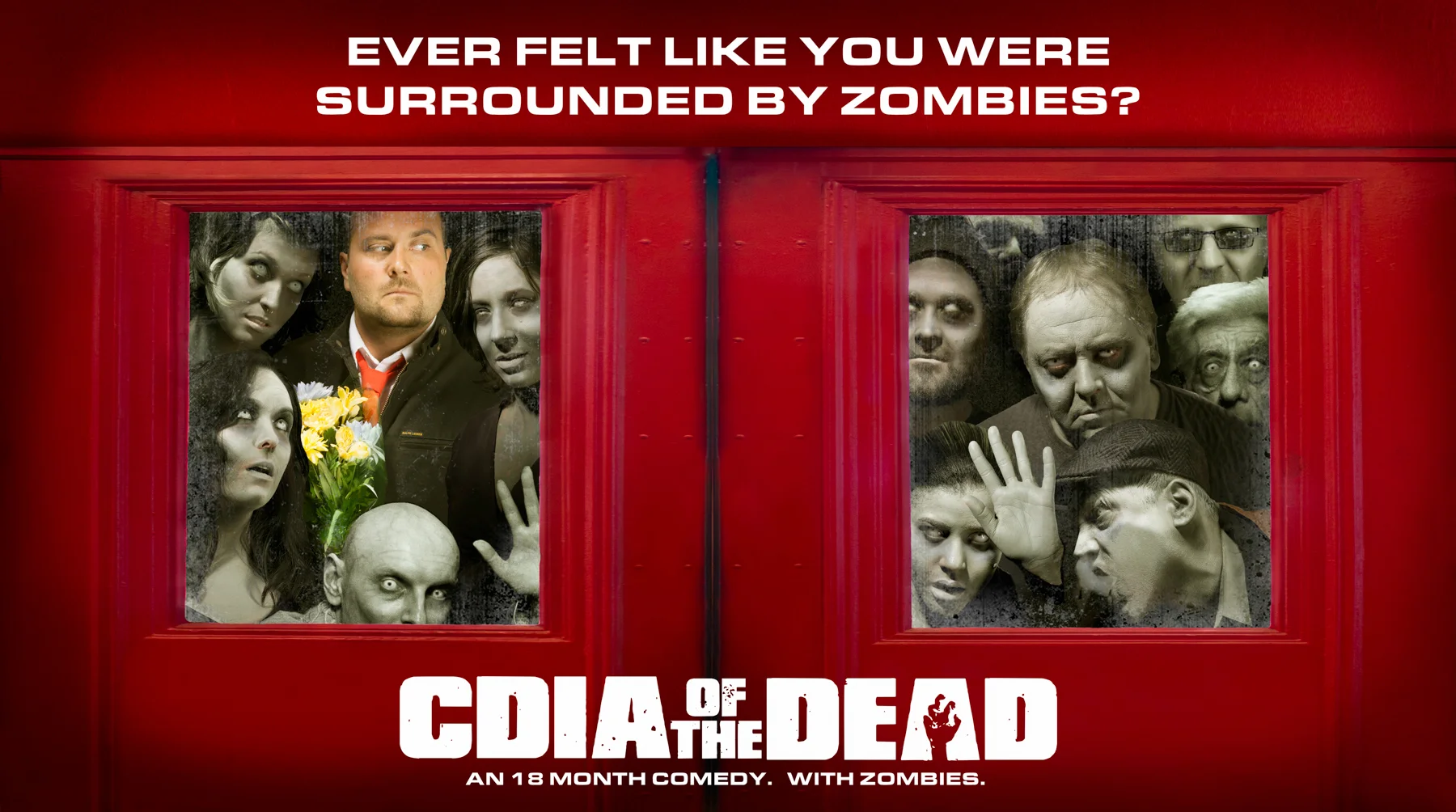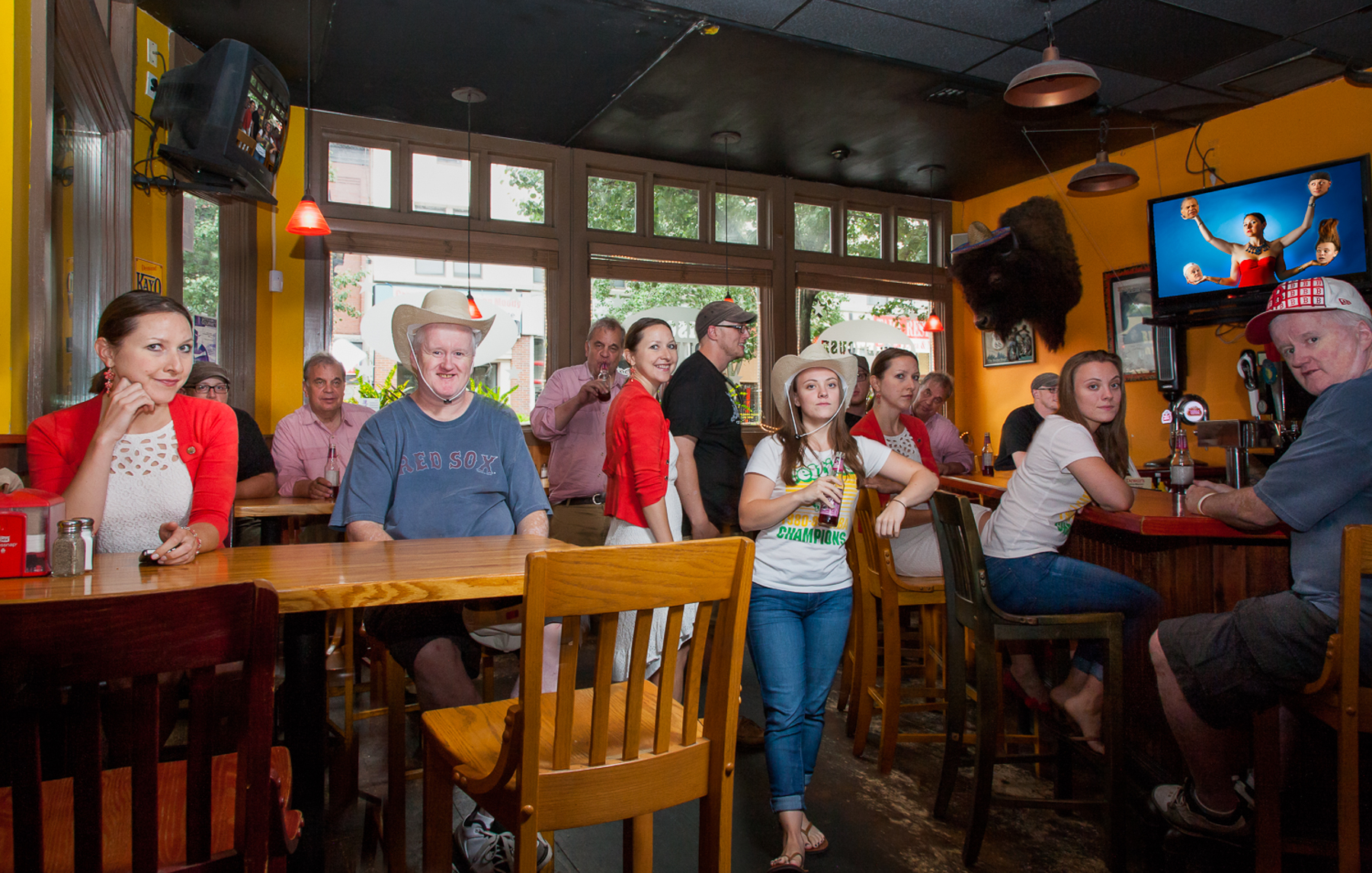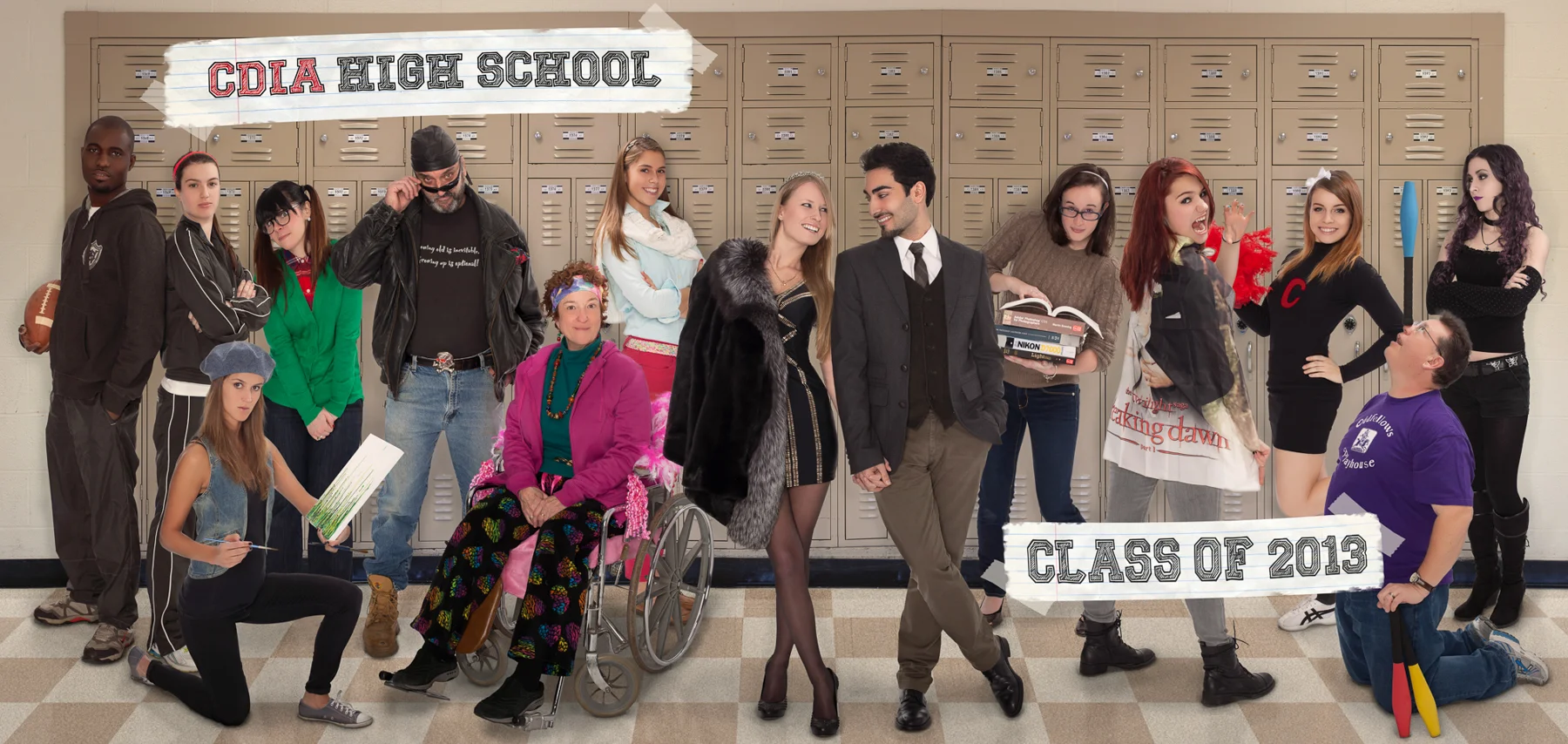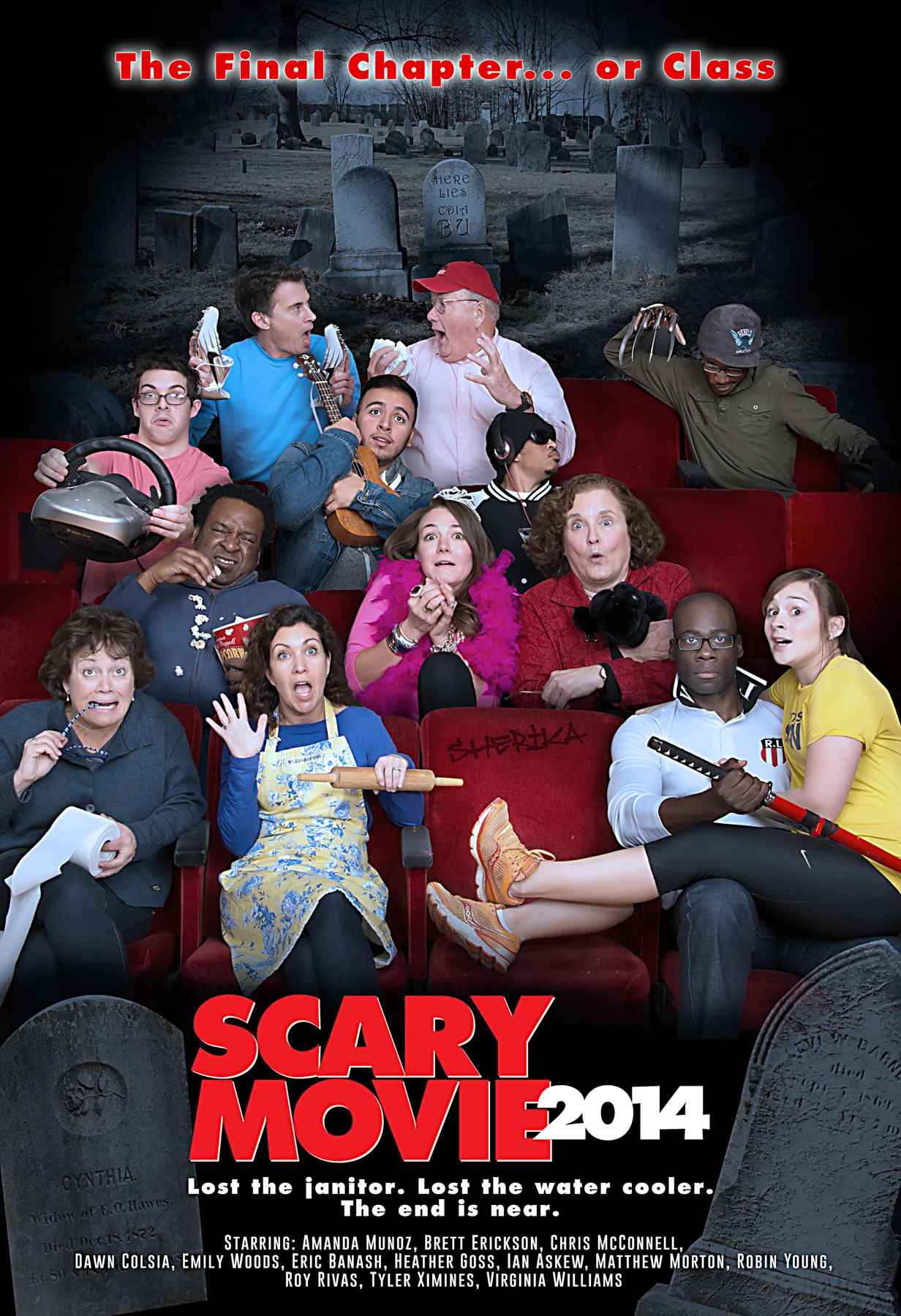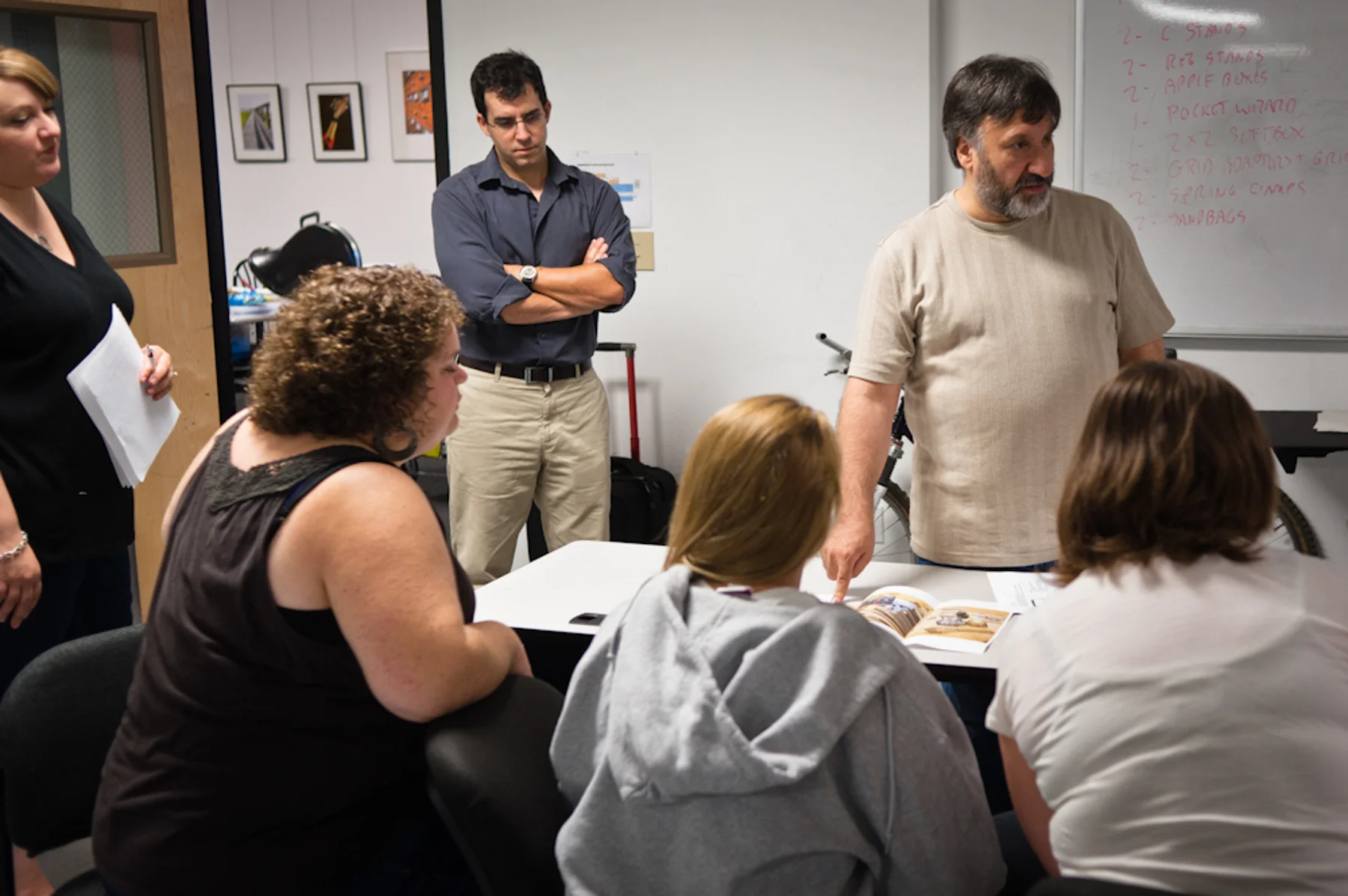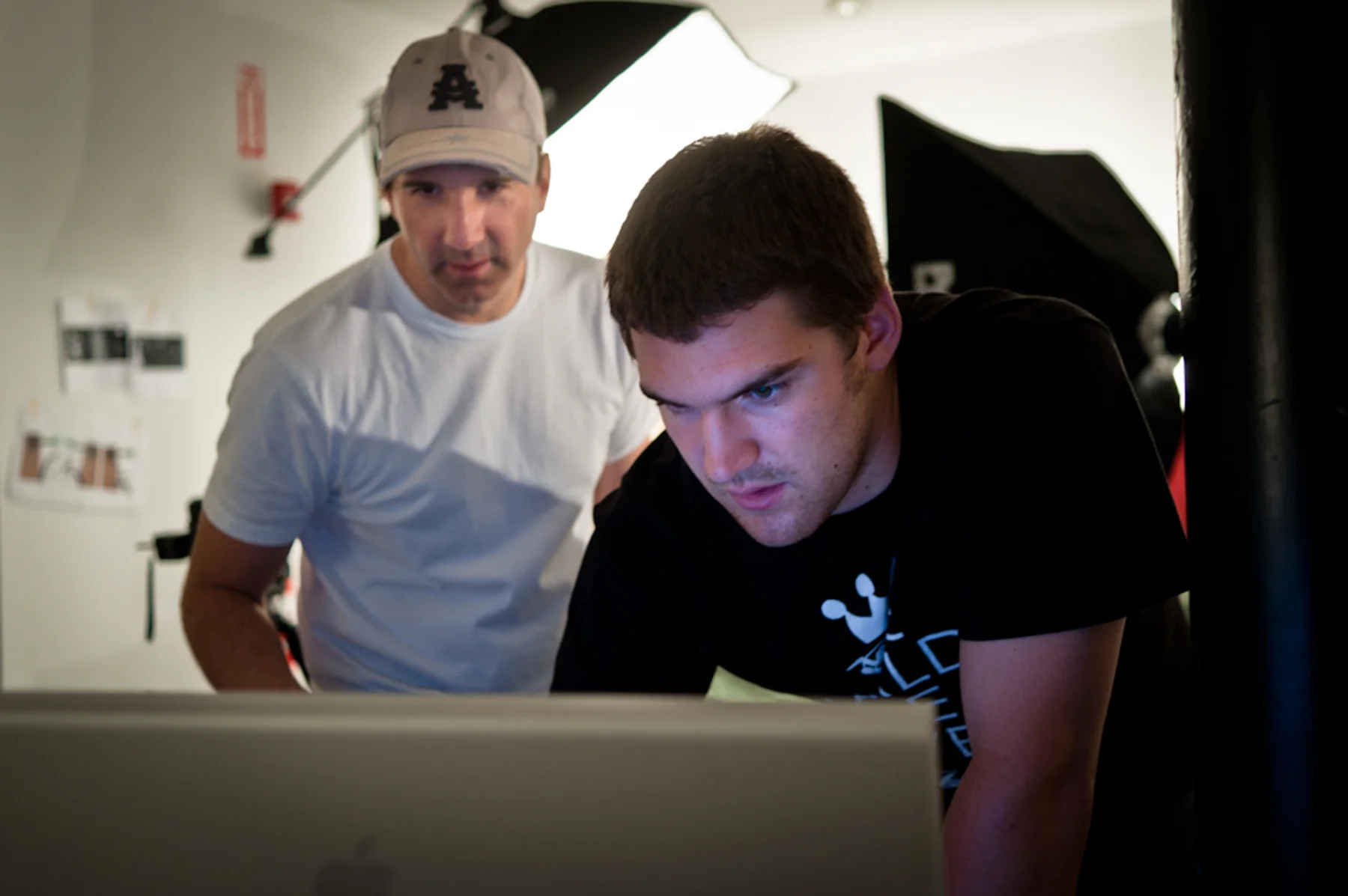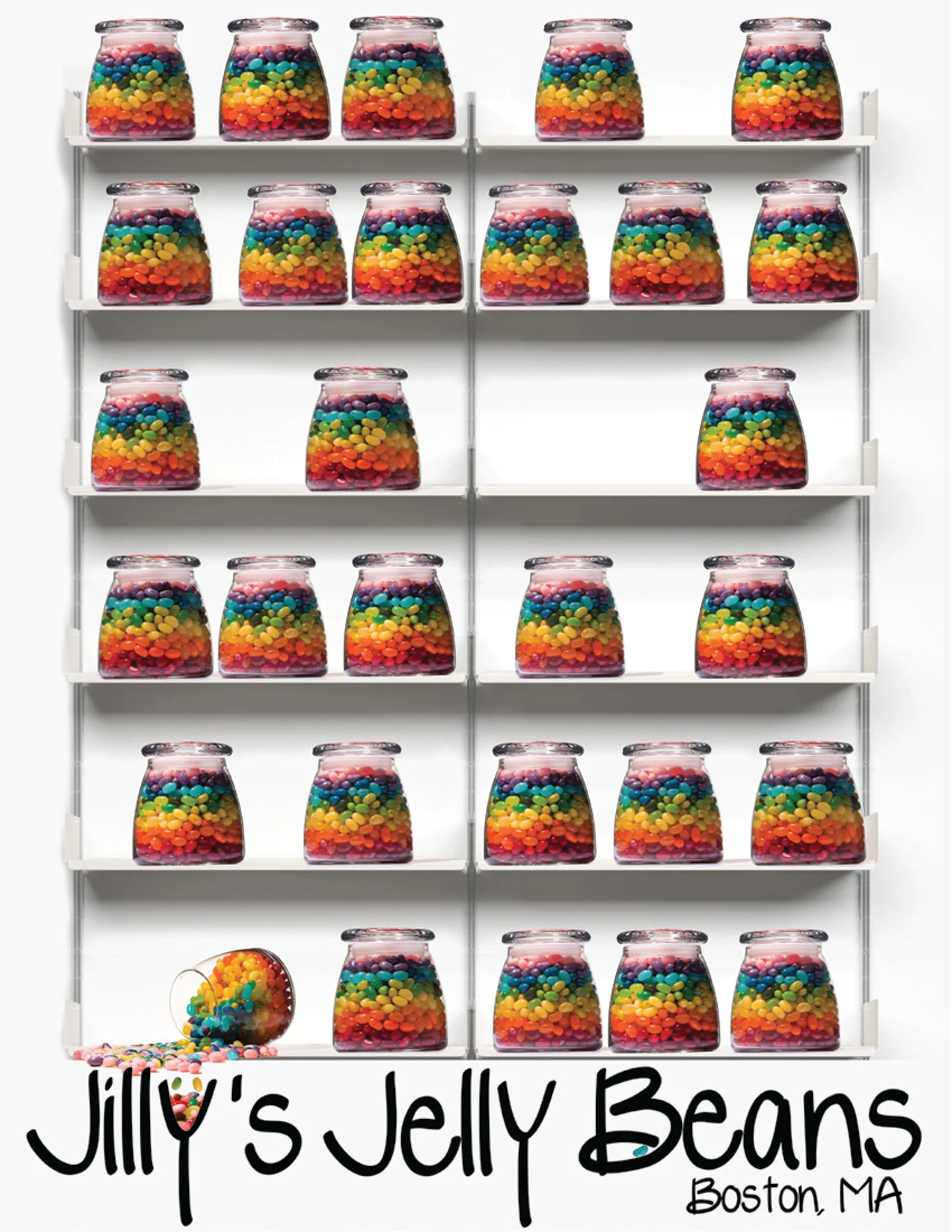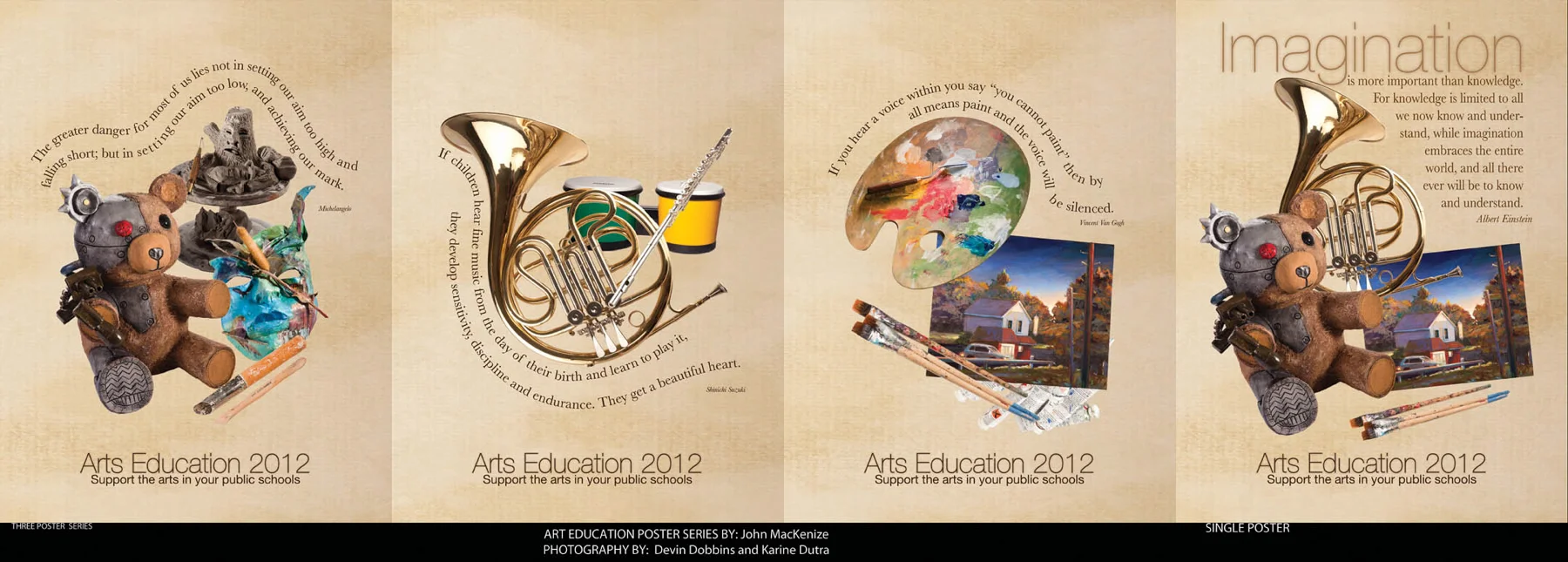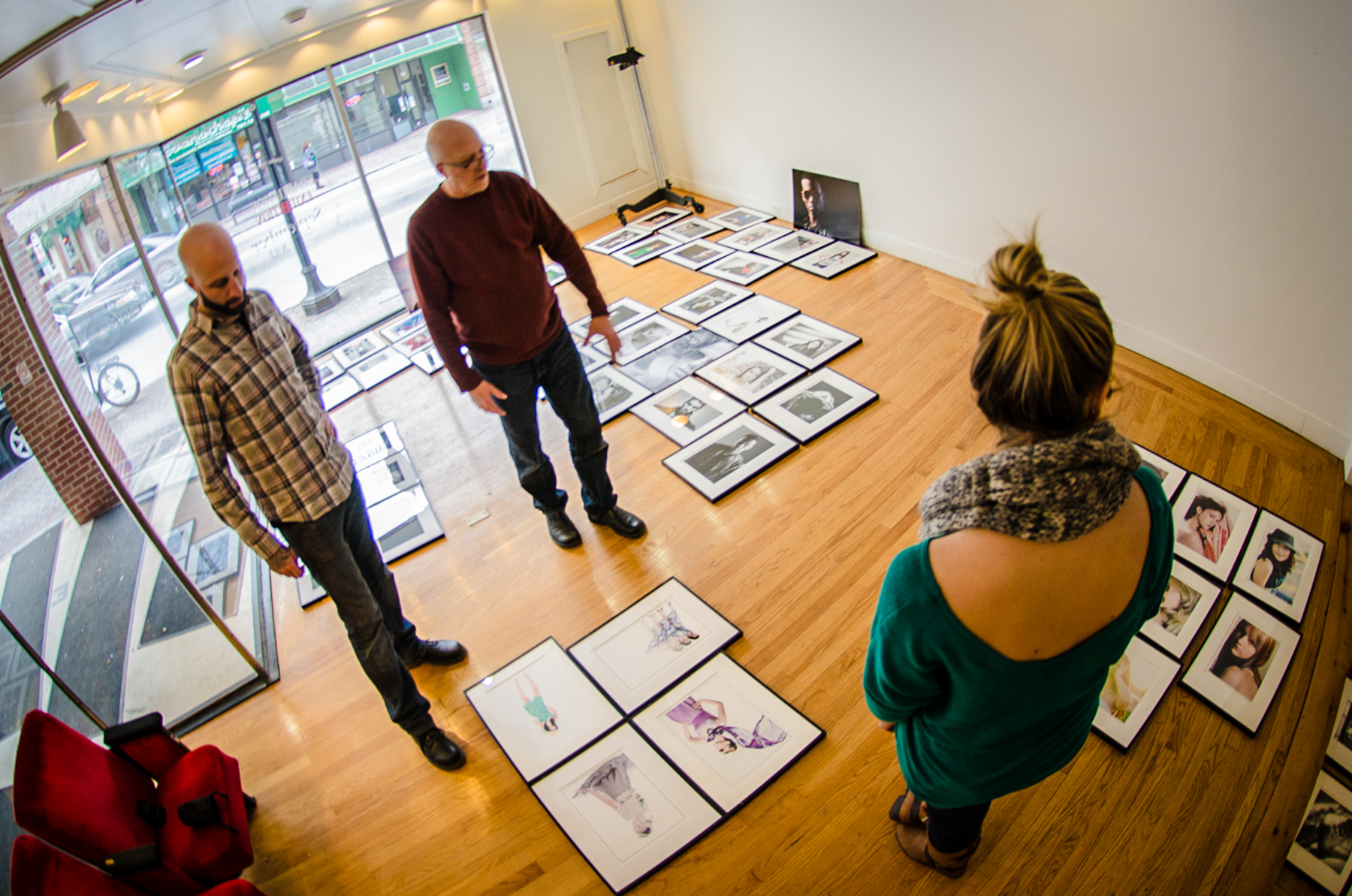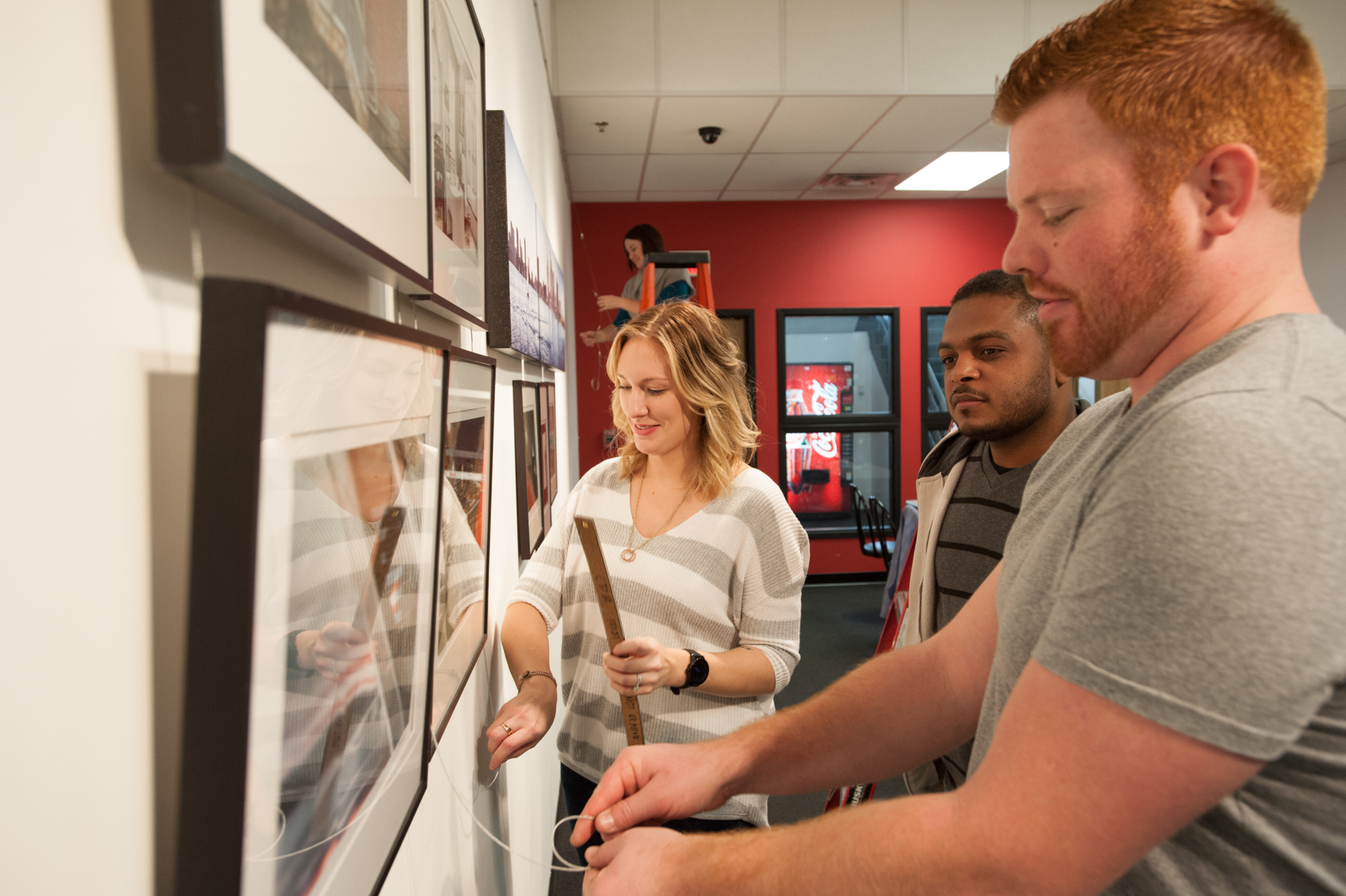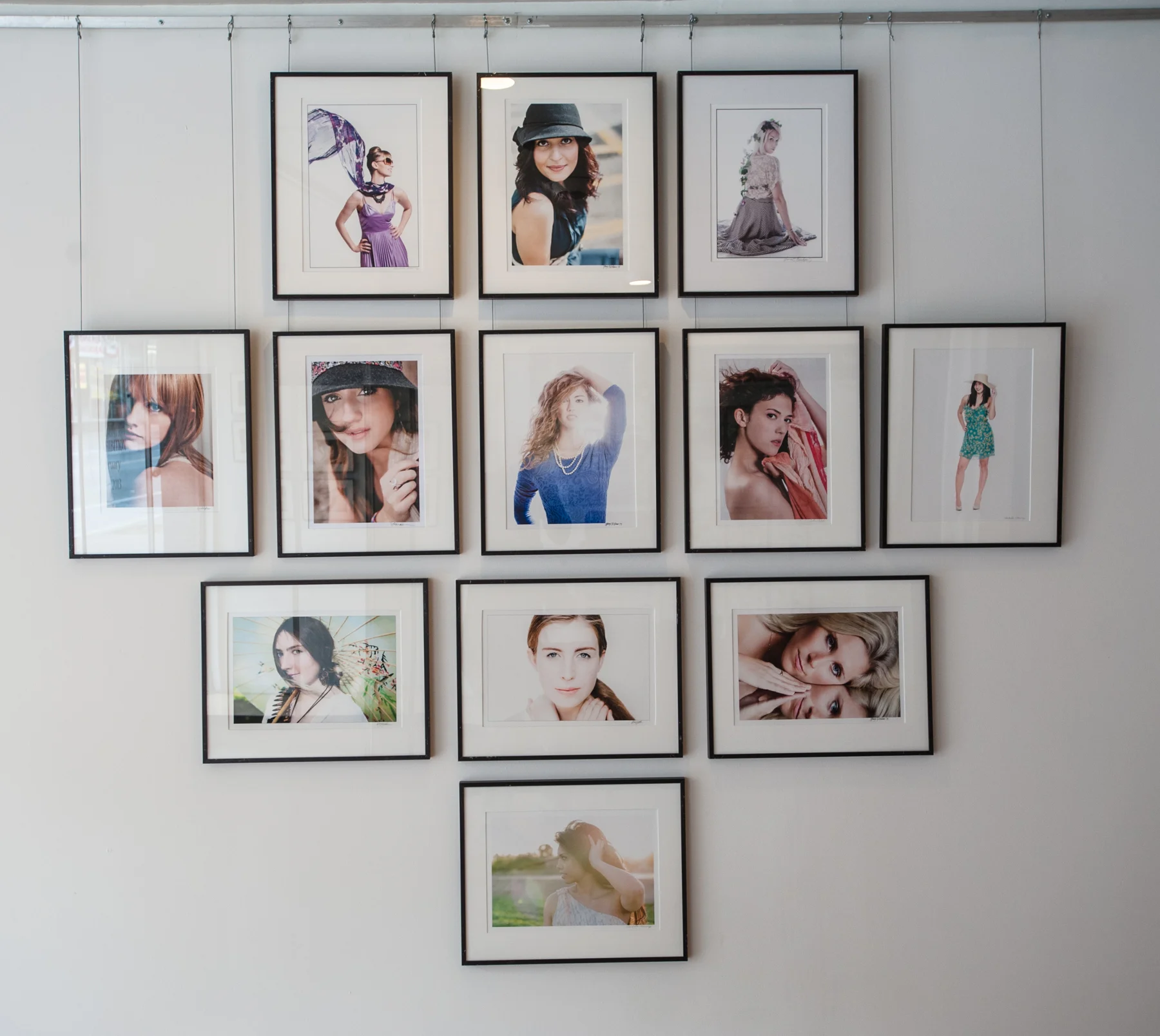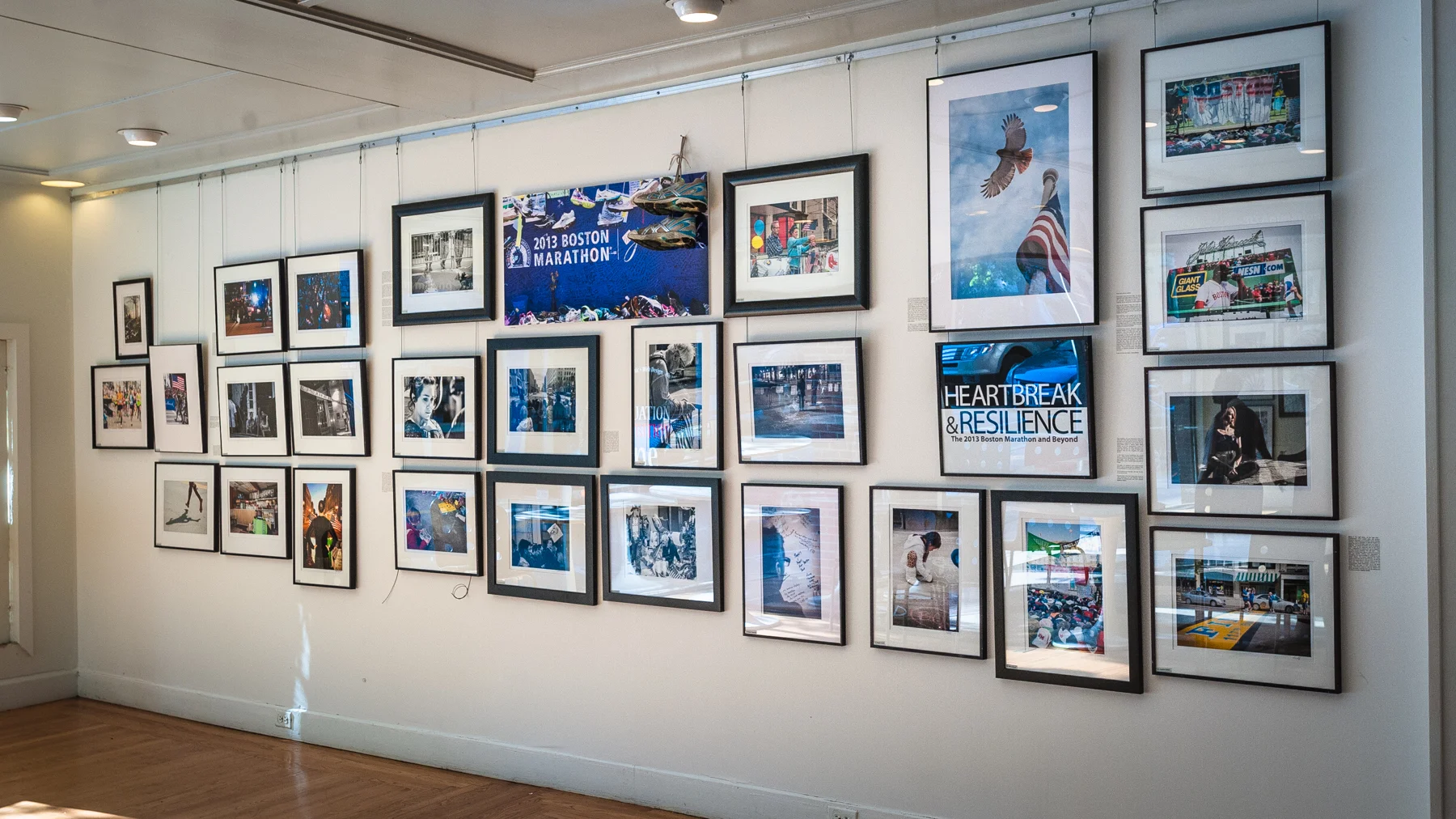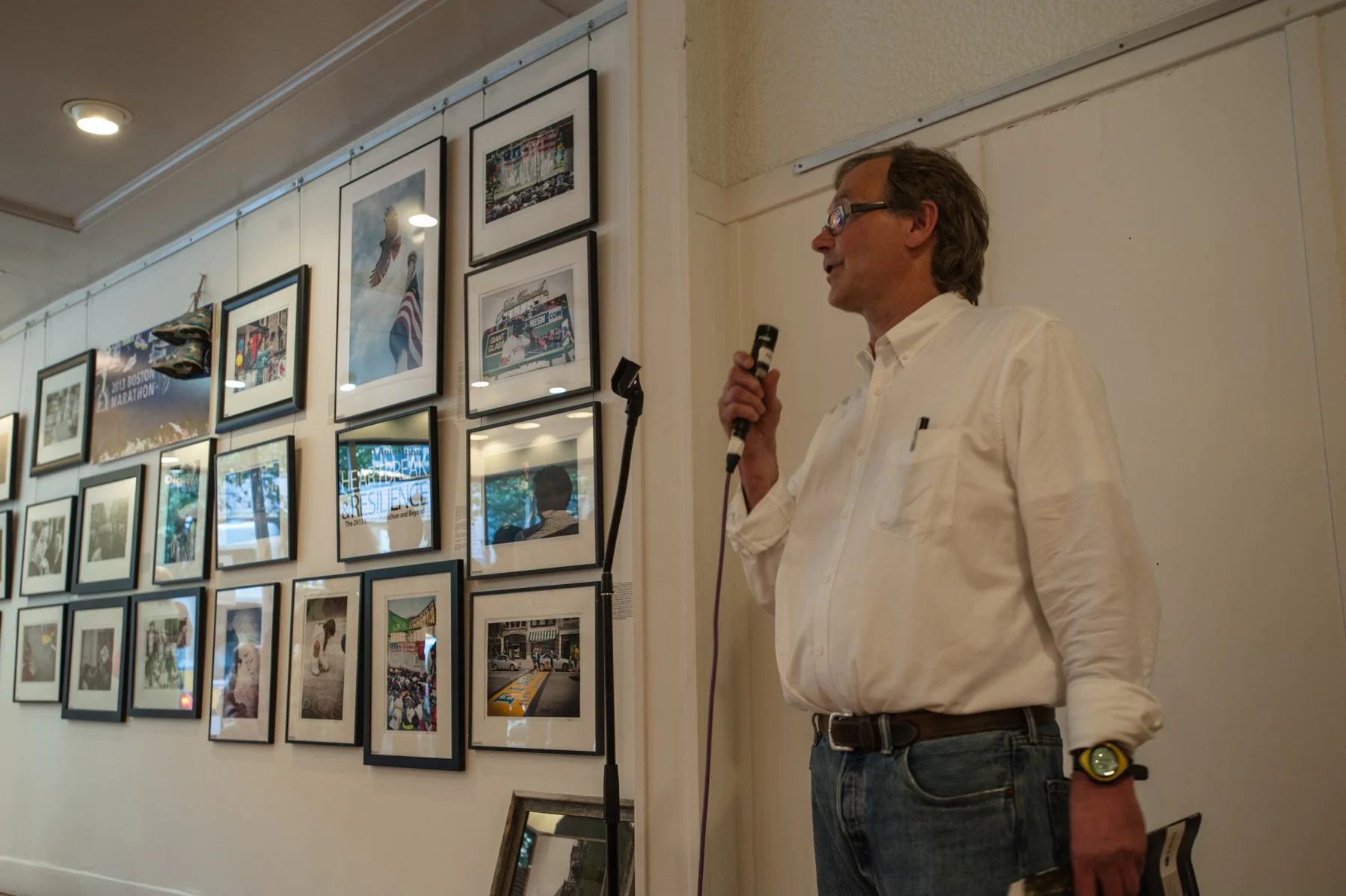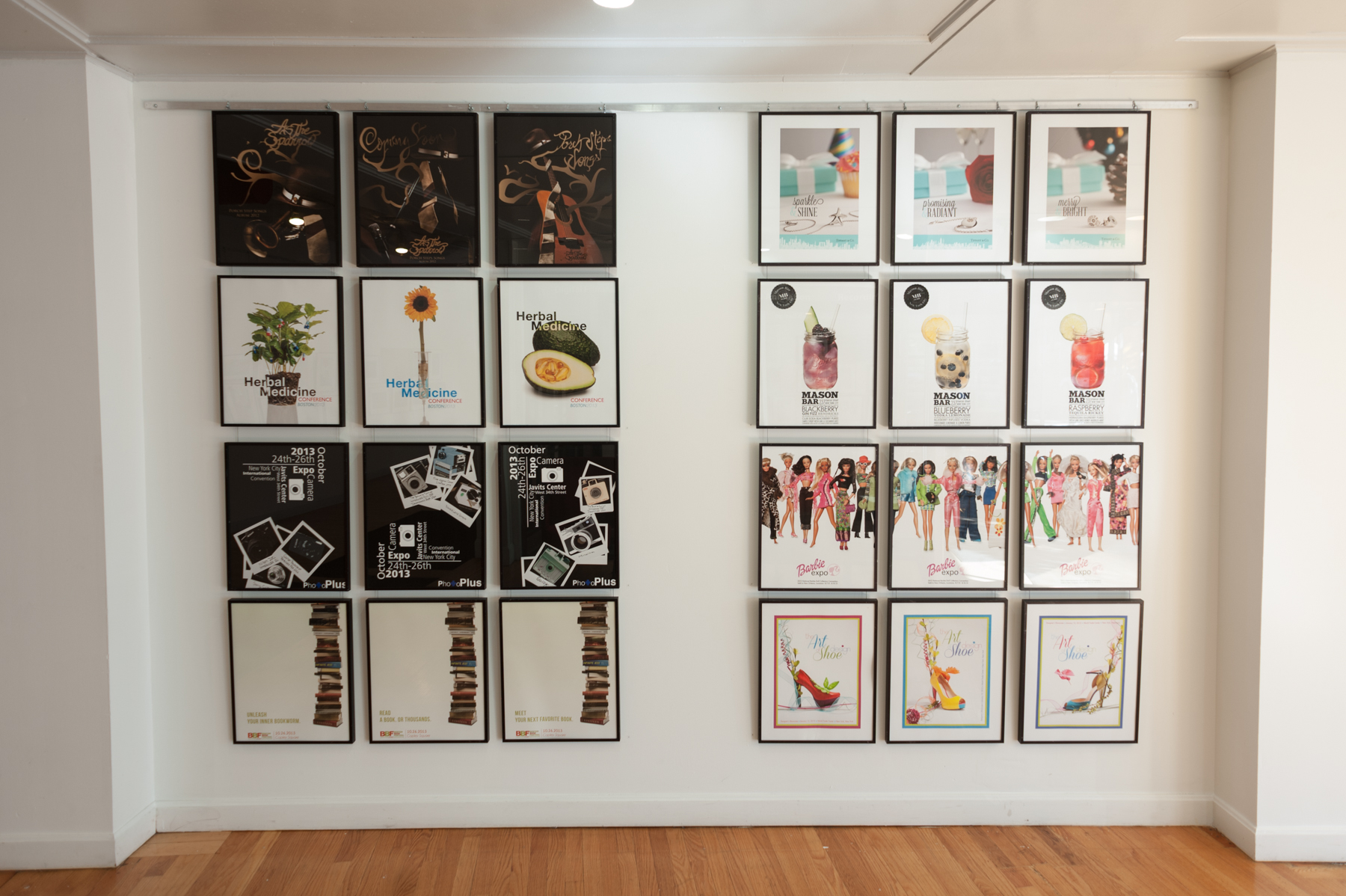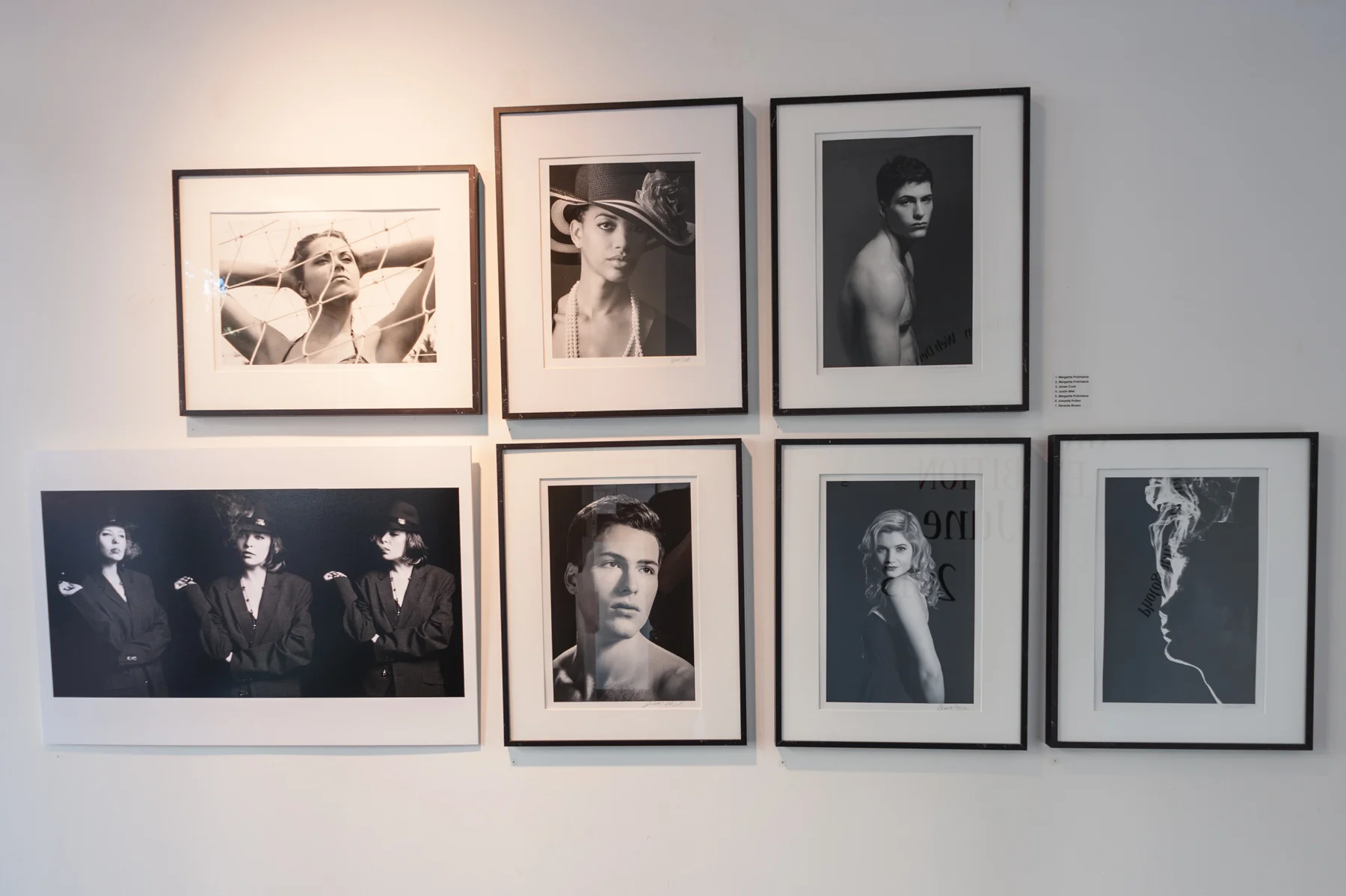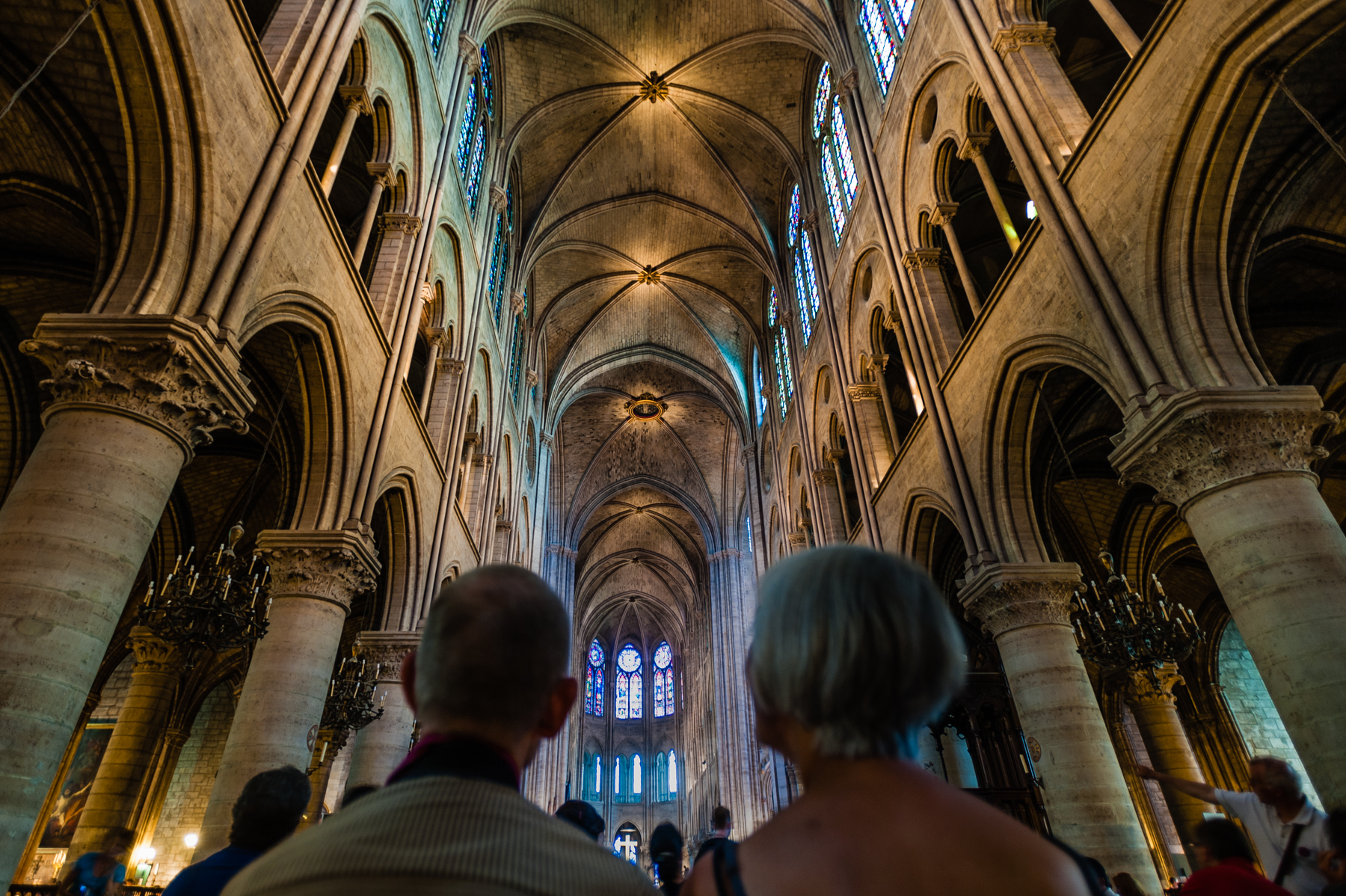• Teachable Moments
You don't study photography. You do it. -- Elliott Erwitt
Teachable Moments
an impromptu class portrait taken on a field trip to photograph the Babson Rocks in Dogtown, near Gloucester, MA
““You don’t study photography. You do it.””
Work That Matters
In 2005, I gradually began to shift my professional focus from commercial photography to teaching. I had worked in the trenches, mostly anonymously, since 1981 and was anxious to pass what I had learned on to others. Drawing on my experience transitioning from a traditional to a digital advertising photographer, I created the first Advanced Digital Photography workshop at New England School of Photography (NESOP) in Boston. In 2007 I was hired as a contract instructor at Boston University Center for Digital Imaging Arts (BU/CDIA), and in 2009 I became its full time Program Director. Later, I was recruited back to NESOP to serve as Academic Director as that school attempted to streamline and modernize its facility and program. At both schools I was responsible for merging relevant contemporary commercial practice with more traditional curricula, hiring and managing professional faculty, and creating an inspiring environment in which students could learn and thrive. I am proud of the contributions I made to the process of producing well trained, versatile graduates ready to compete for 21st century media careers.
How I Teach: Collaboration, Practical Application, and Creative Problem-Solving
As part of the new curriculum I designed for the first year of NESoP's two year program, The Bag Shot was the final deliverable for the very first basic camera class. After their first 10 weeks at school, students were required to demonstrate their comprehension of basic camera, exposure, composition, and Lightroom RAW development skills. Using props brought from home lit with a single light source in the studio, each student created a narrative image showing the contents of a bag spilled onto a surface, and by extension, a portrait of the person who dropped it.
At BU/CDIA, The Household Robot was a midterm assignment I designed to test each student's basic camera, lighting, post-production and conceptual skills. The ground rules were simple- the robot must be a Photoshop composite created from objects found and photographed in the student's home using a single speedlight. It should then appear in a room performing its intended task. Before assigning the project to students, I assigned it to myself and another instructor just to make sure it could be done!
Part two of the midterm assignment I created at BU/CDIA was a stylized, composite class portrait designed to test each class' ability to think and work together as a team. Students brainstormed a concept that demonstrated their personalities and the group's dynamics, and then executed the photography and post production without guidance, on deadline. Amazingly, students completed both the Household Robot and the Class Portrait in just 4 days!
Commercial photographers usually don't work in a vacuum- we collaborate with others as part of a creative team. Art directors, designers, stylists, assistants and clients all contribute valuable pieces of the puzzle, while at the same time adding complications and challenges that can be difficult to navigate. Like any other project manager, photographers must learn to balance time, scope and budget while also solving creative and technical problems. In Product and Still Life Lighting classes at BU/CDIA I designed collaborative projects with students and faculty from the school's graphic design program. Later, in Practicum, we expanded the concept of creative collaboration to involve web designers and developers, videographers, audio technicians and animators to produce complex media projects for non-profit organizations. Together, we proved the concept that 1+1=3, in other words, working together results in successful projects that exceed the sum of their parts.
Gallery exhibitions and student life


